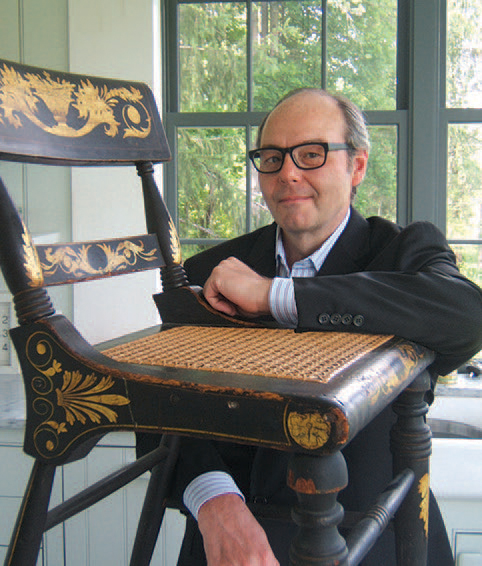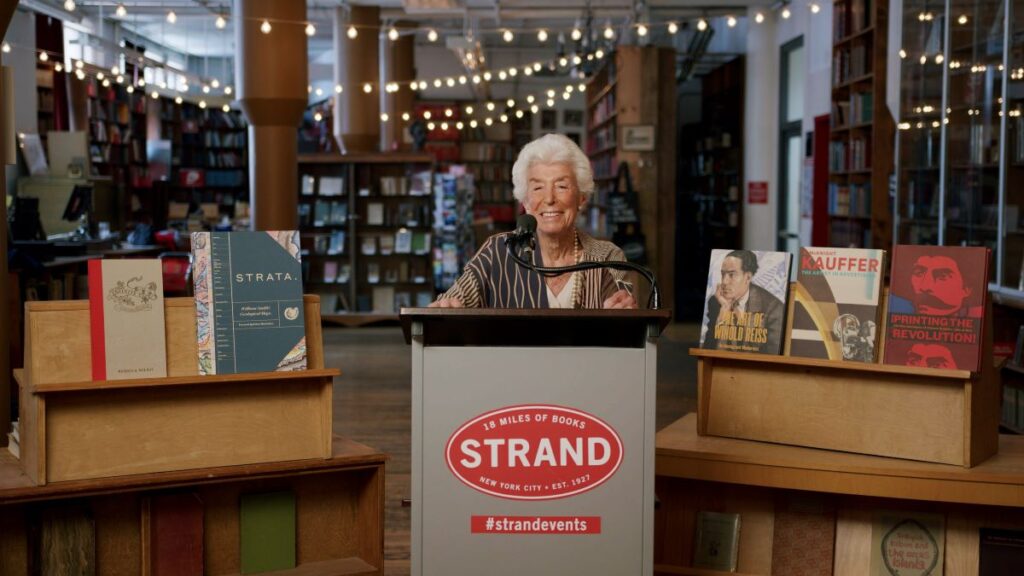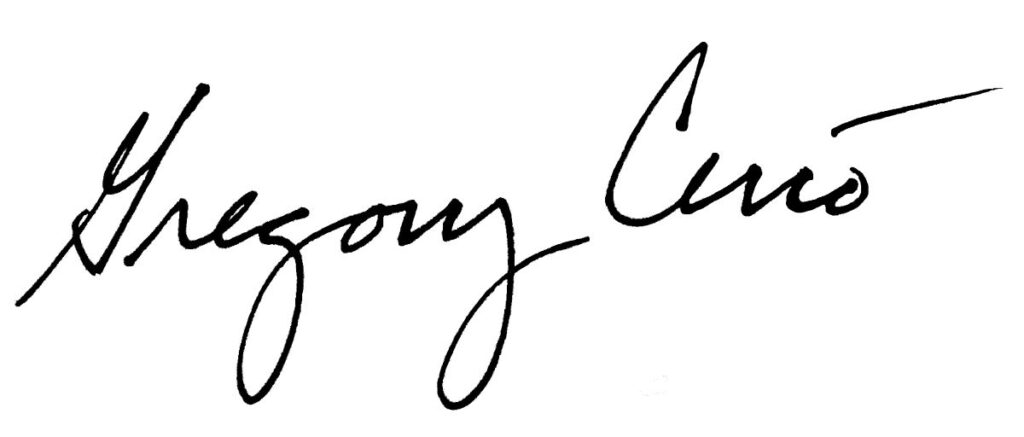
As a magazine editor, I try to maintain a certain distance from the articles we are preparing to publish. I never get too attached to a prospective story because I know how many things can go wrong between the time a story suggestion comes in and when it gets to the printed page.
Photographs are the most frequent culprit. The success of an arts magazine piece depends on having good, striking images on the page to draw the reader in. Sometimes such photos are simply not available. At other times they may be too costly. British and European museums and many private art and design collections in Europe charge a very pretty penny for image use—even Britain’s royal family does. Those charges can mount quickly, often to the point where it makes no fiscal sense to pursue an article.
And then there are writers, the bane of every editor’s working life. I cannot count the number of times a writer has missed a deadline, offering elaborate excuses for failing to file a piece. So, for those reasons and others, I avoid ever getting too fond of an article until it is actually on its way to the printer.

That said, there are two stories in this issue that, for personal reasons, are quite near to my heart. The first is an excerpt from a new book by artisan and sculptor Michael Coffey. (Hat tip to New York interior designer Amy Lau, who kindly provided us with an introductory note.)
I first encountered Coffey’s work in 1997 at a Sotheby’s auction preview. Up for bidding was his Aphrodite rocking lounger—an eye-catching piece that is both massive yet light and lyrical in form. It was also very comfortable. Impressed, I wrote an article about Coffey, interviewing him over the phone. I continued to follow his career with interest as he developed his singular, dynamic style and spoke to him a number of times. He was always warm and helpful.
I hope that some of you will seek out his book, Michael Coffey: Sculptor and Furniture Maker in Wood, a combination autobiography and an artist’s explication of the themes and ideas that inform his work. The stories of Coffey’s early life in New York, and of the path that led him from a career as a community organizer to that of an artist are fascinating. What stands out is the way in which his upbringing and education prepared him to be what he is: a thoroughly decent and caring human being.
Two years ago, I finally met Coffey in person, at the Winter Show art and antiques fair in New York. We spent a good bit of time chatting, and when we stood up to part ways I asked if he’d summon an Uber or Lyft car to take him back to his hotel. “I’m a taxicab guy,” he said. “I’ll just flag one down.” I should have known he’d put his money in the pocket of the little guy, rather than give it to some faceless corporation.
The other article I care about especially is our remembrance of the late Joan Kaplan Davidson, a philanthropist who was active in a number of causes, ranging from historic preservation to progressive politics. Her grandson Ben Davidson contributed a wonderful tribute to Joan, which will acquaint you with the life and work of that gracious, multifaceted woman.

I met Joan not long after my folks moved a few years ago to the same community where she lived in the Hudson River valley. I learned that she was a devoted reader of The Magazine ANTIQUES, and she was complimentary and encouraging of our work. She helped us out numerous times, not least when she invited an ANTIQUES tour group to have lunch in her elegant family home, Midwood. Joan insisted on substantive talk at her table—no idle gossip and chatter allowed—and I admired the way she approached a discussion with an open mind, and sifted each argument for its merits. She was feisty and a touch haughty, but what shone out above all were Joan’s commitment to her principles and her dedication to doing the right thing. I will miss her.

